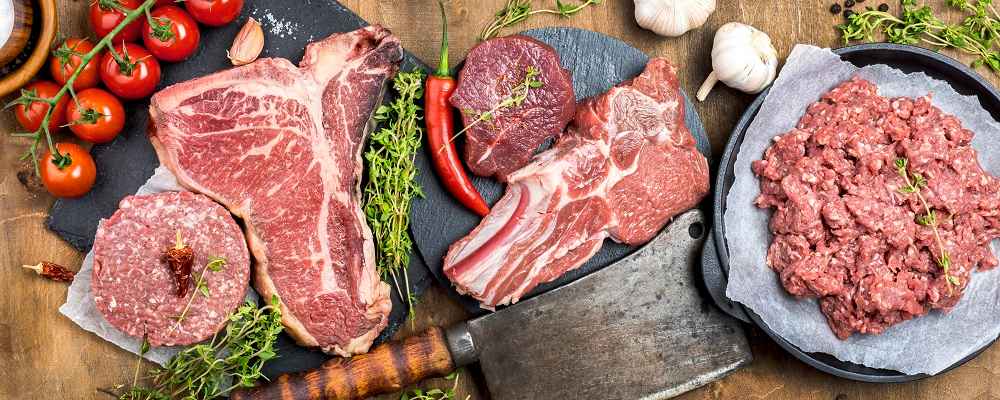As smart consumers, it is important to always choose products carefully. One of the products that must be considered is meat and its processed.
In fact, quality meat is influenced by three main factors. The process before, during, and after slaughtering.
The pre-slaughter factors referred to the handling method before the animal is slaughtered, feed, and the type of animal (genetics, species, nation, type of livestock, sex, and age). The handling process is done to keep the animal from getting stressed and tired before slaughtering. An exhausted condition of animals can cause slaughtered meat turning pale and watery.
Dofactora Rocky Megabuana Iskandar, Audit Assistant Manager of LPPOM MUI, explained that blood removal is greatly influenced by animal handling prior to the slaughtering process. Shortly, if the animal is stressed, the blood that comes out after the slaughtering process will be less.
“One of the things that affects the quality of the meat is the process of leaving animal blood which is not optimal. The blood that is still a lot stored in the meat will cause the meat to rot quickly,” he said.
The use of restrainer boxes by adjusting the comfortable conditions for animals can be done to keep animals from getting stressed before slaughtering. In addition, many slaughterhouses (RPH) apply the method of stunning before slaughtering animals. This is applied to facilitate the slaughter process and avoid stress on the animal prior to slaughtering.
By stunning, the animal becomes easier to handle, so that the blood that comes out will be more optimal. Even so, stunning can be done with certain conditions.
As for the time of slaughter, animals must be slaughtered in accordance with Islamic Law. Referring to the MUI Fatwa Number 12 of 2009 concerning Halal Slaughter Certification Standards, the standard for slaughtering processes includes:
- Slaughtering is carried out with the intention of slaughtering recite bismillah.
- Slaughtering is done by draining blood through cutting the food tract (mari’/ esophagus), respiratory tract / throat (hulqum / trachea), and two blood vessels (wadajain / jugular vein and artery carotids).
- Slaughtering is done once and quickly.
- Ensuring the existence of blood flow and / or animal movement as a sign of animal life (hayah mustaqirrah).
- Ensure that the death of the animal is caused by the slaughtering.
Meanwhile, post-cutting factors include the aging method, electrical stimulation, cooking methods, pH, additives (tender enzymes), and storage and preservation methods. “Meat that has not gone through the aging process will become tough,” explained Rocky.
The processing, storage and delivery standards are based on the MUI Fatwa Number 12 of 2009 concerning the following Halal Slaughter Certification Standards:
- Processing is carried out after the animal has died due to slaughter.
- Animals that fail to slaughter must be separated.
- Storage is done separately between halal and non-halal.
- In the process of shipping meat, there must be information and guarantees regarding its halal status, starting from preparation (such as packaging and loading into containers), transportation (such as shipping), to receiving. (YN)


